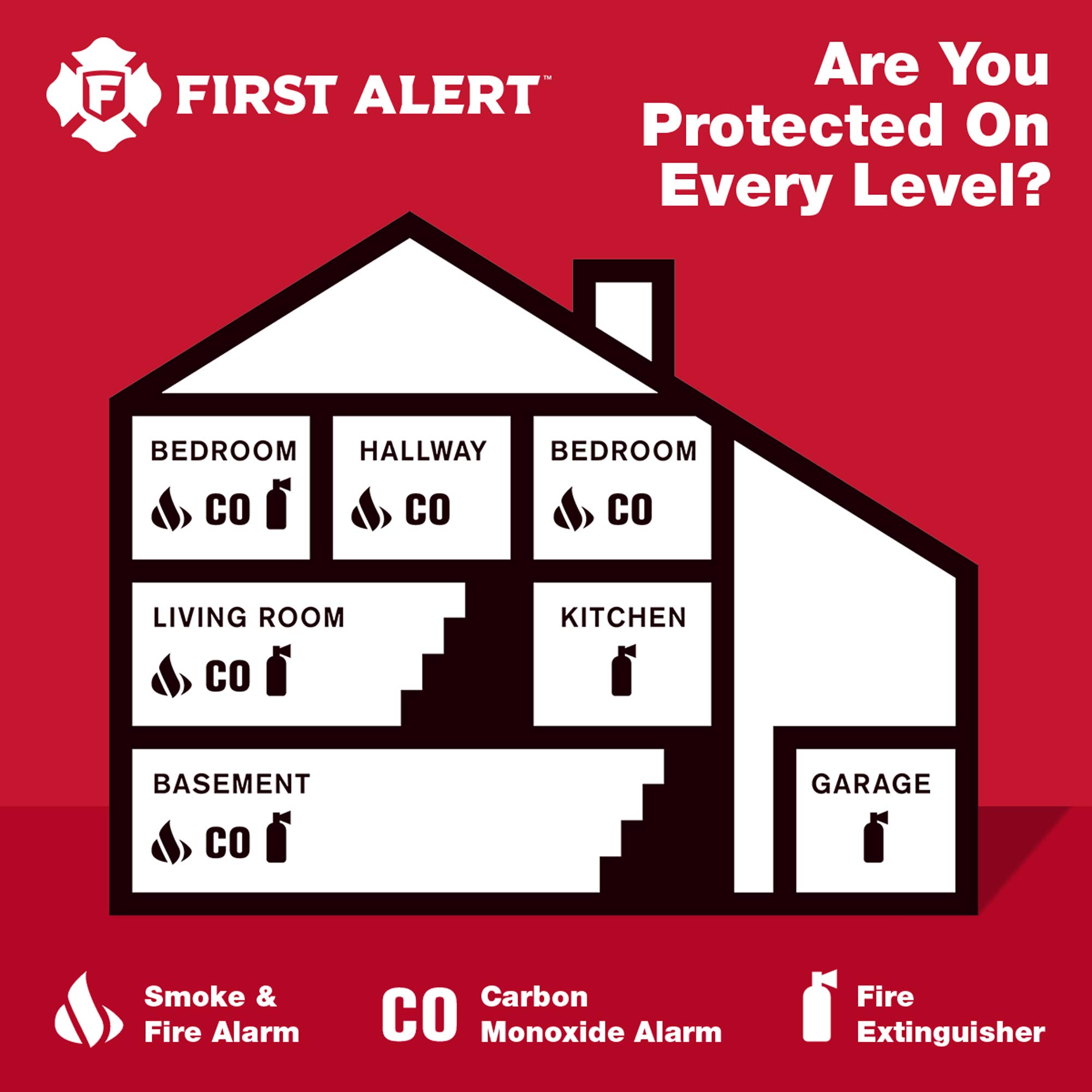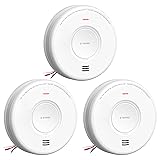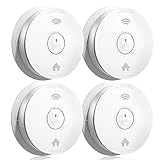All Categories









First Alert BRK PRC710 Smoke and Carbon Monoxide Alarm with Built-In 10-Year Battery , White
Share Tweet
Get it between 2024-05-14 to 2024-05-21. Additional 3 business days for provincial shipping.
*Price and Stocks may change without prior notice
*Packaging of actual item may differ from photo shown
- Electrical items MAY be 110 volts.
- 7 Day Return Policy
- All products are genuine and original
- Cash On Delivery/Cash Upon Pickup Available








First Alert BRK PRC710 Smoke and Carbon Monoxide Features
-
The front cover design of the alarm may vary but product function remains the same.
-
Complies with all current 10 year legislation in U. S. states/cities where required
-
Features electrochemical Carbon Monoxide sensing technology and photoelectric smoke sensor optimized to detect larger smoke particles produced by smoldering fires; helps minimize the number of false alarms
-
A loud 85 decibel alarm sounds when Carbon Monoxide, and Smoke levels begin to rise
-
Features a sleek, low profile design to blend more fully into the wall and out of sight
-
10-year limited ; equipped with end-of-life signal chirp, so you know when it’s time to replace the unit for your safety (the date printed on the item is the manufacturing date, not the expiration date)
-
Rigorously tested to meet UL standards
-
Faster turnarounds on job sites with the easy-to-install, most-trusted alarms in home safety
-
First Alert has been the most trusted brand in home safety since launching the first residential smoke alarm in 1958 (Based on a First Alert Brand Trust Survey in February 2018)
About First Alert BRK PRC710 Smoke And Carbon Monoxide
Featuring a low profile, contemporary design, the First Alert PRC710 Slim Photoelectric Smoke and Carbon Monoxide Alarm with 10 Year Battery provides the same protection as a standard smoke alarm while taking up only a fraction of the space. This slim, battery operated smoke detector requires no hardwiring for installation, making it an ideal solution for those who want to enhance fire safety without hiring an electrician. It features a built in 10 year lithium ion battery that provides continuous power for up to a decade. Equipped with an ultra reliable photoelectric sensor, the smoke alarm detects smoke from slow burning, smoldering fires while keeping false alarms to a minimum. A patented smoke entry system further enhances the detector's reliability by providing a direct path to the smoke sensor. The unit also features an advanced electrochemical sensor that detects carbon monoxide leaks from multiple sources such as faulty fuel burning appliances and blocked chimneys. The simple twist lock mounting system installs easily onto a wall or ceiling, while the tamper resistant locks help prevent removal of the battery to keep the alarm secure. Half as thick as a standard alarm, the smoke detector has a sleek, slim design that blends in seamlessly with most decor. A loud 85 decibel alarm sounds when smoke is detected, and a convenient test/silence button lets you easily check alarm function and mute false alarms. TROUBLESHOOTING STEPS: Activating the battery. Mount alarm to mounting bracket to activate. Once unit is activated, it cannot be turned off. NOTE: After you activate the battery, the power indicator light may flash. (If the unit alarms, the light will blink rapidly, and the horn will repeatedly sound 3 beeps, pause, 3 beeps.) Once the Smoke Alarm is on the bracket, you can rotate the Alarm to adjust the alignment. Clean the Smoke/CO Alarm at least once a month; gently vacuum the outside of the Smoke/CO Alarm using your household vacuum’s soft brush attachment. A can of clean compressed air may also be used. Follow manufacturer instructions for use. Test the Smoke/CO Alarm. Never use water, cleaners or solvents since they may damage the unit. If the Smoke/CO Alarm becomes contaminated by excessive dirt, dust and/or grime, and cannot be cleaned to avoid unwanted alarms, replace the unit immediately. DO NOT LOCATE THIS SMOKE/CO ALARM: In garages, furnace rooms, crawl spaces and unfinished attics. Avoid extremely dusty, dirty or greasy areas. Where combustion particles are produced. Combustion particles form when something burns. Areas to avoid include poorly ventilated kitchens, garages, and furnace rooms. Keep units at least 20 feet (6 meters) from the sources of combustion particles (stove, furnace, water heater, space heater) if possible. In areas where a 20-foot (6 meter) distance is not possible – in modular, mobile, or smaller homes, for example – it is recommended the Smoke Alarm be placed as fa from these fuel-burning sources as possible. The placement recommendations are intended to keep these Alarms at a reasonable distance from a fuel-burning source, and thus reduce “unwanted” alarms. Unwanted alarms can occur if a Smoke Alarm is placed directly next to a fuel-burning source. Ventilate these areas as much as possible. Within 5 feet (1.5 meters) of any cooking appliance. In air streams near kitchens. Air currents can draw cooking smoke into the smoke sensor and cause unwanted alarms. In extremely humid areas. This Alarm should be at least 10 feet (3 meters) from a shower, sauna, humidifier, vaporizer, dishwasher, laundry room, utility room, or other source of high humidity. In direct sunlight. In turbulent air, like near ceiling fans or open windows. Blowing air may prevent CO or smoke from reaching the sensors. In areas where temperature is colder than 40˚ F (4.4˚ C) or hotter than 100˚F (37.8˚ C). These areas include non-airconditioned crawl spaces, unfinished attics, uninsulated or poorly insulated ceilings, p



















